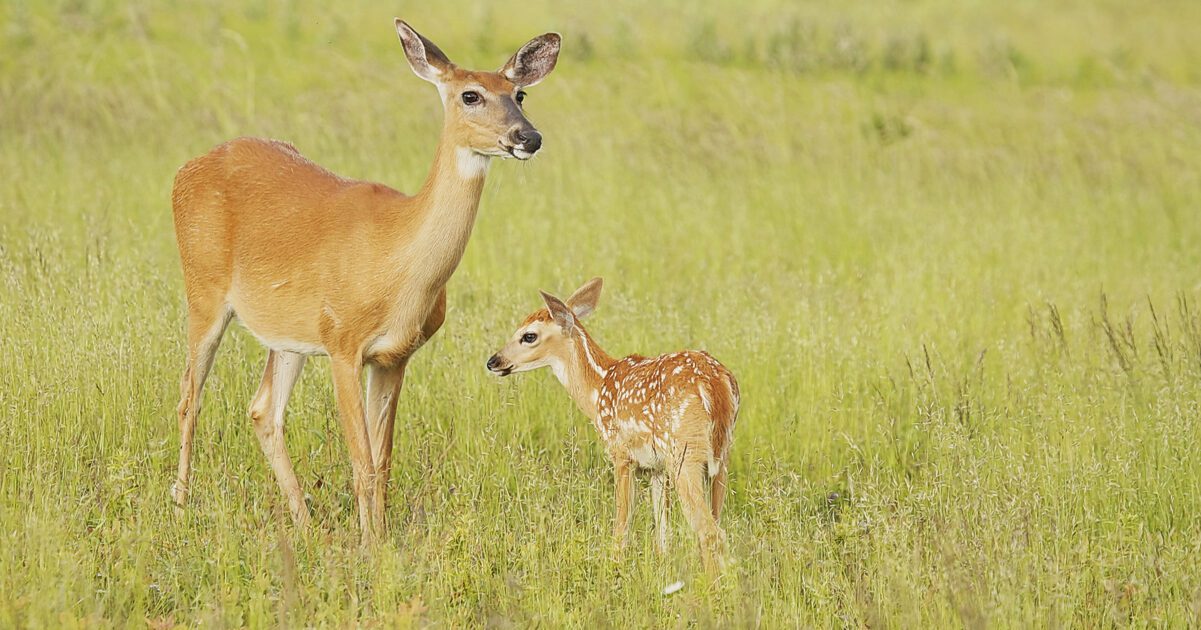
How to Get Involved in Habitat Connectivity Preservation
Virginia boasts a rich and diverse natural landscape, home to a wide array of wildlife. From the Blue Ridge Mountains to the waters of the Chesapeake Bay, the Commonwealth of Virginia is a haven for nature enthusiasts and animal lovers alike. However, as our state continues to grow and evolve, the delicate balance between human development and the preservation of our wild spaces becomes increasingly challenging to maintain.
In this blog post, we’ll explore some of the specific issues facing Virginia’s wildlife and how you can actively participate in protecting these invaluable resources. From federal concerns to local initiatives, your voice can make a substantial impact on the future of Virginia’s natural world.
What is the Virginia Wildlife Corridor Action Plan?
Virginia’s Wildlife Corridor Action Plan is a pioneering effort aimed at protecting vital wildlife habitat crossings and reducing wildlife-vehicle conflicts, enhancing driver safety. These crossings play a crucial role in maintaining biodiversity by connecting fragmented habitats disrupted by human activities and infrastructure. When roadways divide wildlife habitats, some species must traverse these roads in search of food, water, shelter, and mates. Unfortunately, this can lead to wildlife-vehicle conflicts, endangering both drivers and wildlife populations.
In Virginia, there have been over 60,000 known deer-vehicle collisions annually since 2015, costing the state and its citizens approximately $533 million each year. To address this issue, wildlife crash countermeasures, like wildlife crossings, are increasingly integrated into road transportation projects nationwide. Wildlife crossings, which include road underpasses or overpasses designed for wildlife, offer multiple benefits, including safe wildlife passage, biodiversity preservation, improved driver safety, and cost reduction.
The creation of the Wildlife Corridor Action Plan was made possible by Virginia’s General Assembly, which enacted § 29.1-578 and § 29.1-579. These provisions established a collaborative leadership team comprising the Virginia Department of Wildlife Resources, the Virginia Department of Transportation (VDOT), the Virginia Department of Conservation and Recreation, and the Virginia Department of Forestry. The legislation outlines several key intentions for the plan, including:
- Identifying wildlife habitat corridors with high-quality habitats for priority species and ecosystem health using the best available data.
- Identifying existing or planned human barriers that impede wildlife movement along these corridors.
- Identifying areas with a high risk of wildlife-vehicle conflicts.
- Prioritizing and recommending wildlife crossing projects to enhance both driver safety and wildlife habitat connectivity.
- Providing a public portal to host the plan, data, and maps.
- Committing to update the plan every four years to ensure its relevance and effectiveness.
- The Wildlife Corridor Action Plan was published in May 2023 and is available here: VA Wildlife Action Plan, May 2023.
However, the job isn’t finished! Wild Virginia needs YOU to help shape the outcome and implementation of this action plan by sharing your thoughts and concerns. By participating in this process, you can advocate for the inclusion of wildlife crossings and vehicle-conflict mitigation measures to protect our region’s diverse wildlife.
How You Can Get Involved:
- Attend Public Meetings: Join public meetings where you can learn more about different state projects and voice your concerns. Your presence at these meetings is vital to demonstrate community interest in wildlife crossings and corridors. As mentioned above, several state agencies comprise the Wildlife Corridor Action Plan leadership team. Below we list each agency and upcoming meetings that you can attend! For a more comprehensive list of meetings you can attend and infrastructure projects to comment on, you can go to the Virginia Regulatory Town Hall website and search by agency.
- Virtual and In-person Board of Wildlife Resources Meeting: October 26, 2023, 9 am EST, Department of Wildlife Resources, 7870 Villa Park Drive, Board Room, Henrico, VA
- Write Comments: Even if you can’t attend the meeting, you can still make a difference by submitting written comments to the different state agencies. You can also watch a video from Wild VA for more information on how to write public comments: Writing Comments
- Virginia Department of Transportation
- North Glebe Road Bridge Replacement in Arlington County Public Comment Period: Open until Nov. 1, 2023. Comment here.
- Virginia Department of Transportation
What should I say?
Public comments are a great way to simply let your government know you support wildlife crossings and habitat preservation. Simply asking if wildlife-vehicle conflict mitigation has been considered is helpful! You could also highlight the benefits of wildlife crossings for both animals and motorists through any personal stories or experiences related to wildlife. Or perhaps mention other successful mitigation projects, like the use of underpasses and wildlife exclusion fencing on I-64.
Other topics to inquire about and push for action on:
- Direct VDOT to systematically collect wildlife carcass removal data across Virginia and make that data publicly available.
- Provide incentives for landowners to protect and restore wildlife corridors.
- Direct VDOT to determine the aquatic and terrestrial organism passage status of a road-stream crossing prior to replacement/repair projects and update design standards to ensure habitat connectivity and resiliency for all road-stream crossing projects.
- Direct VDOT to include exclusionary fencing in annual allocations for safety upgrades.
You can also visit VDOT’s SMART SCALE development dashboard to view infrastructure plans in your city/county and inquire about public comment periods.
Your involvement can make a real difference in safeguarding Virginia’s wildlife and ensuring that our roads and natural habitats coexist harmoniously. Together, we can protect the natural beauty and biodiversity that make Virginia such a special place to call home. Stay tuned for more updates on how you can get involved in the conservation efforts that matter most to you and our beloved Commonwealth.
Resources:
https://townhall.virginia.gov/
Virginia Safe Wildlife Corridors Collaborative site
Featured Image by Lori A Cash